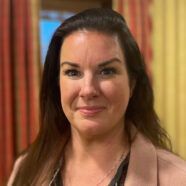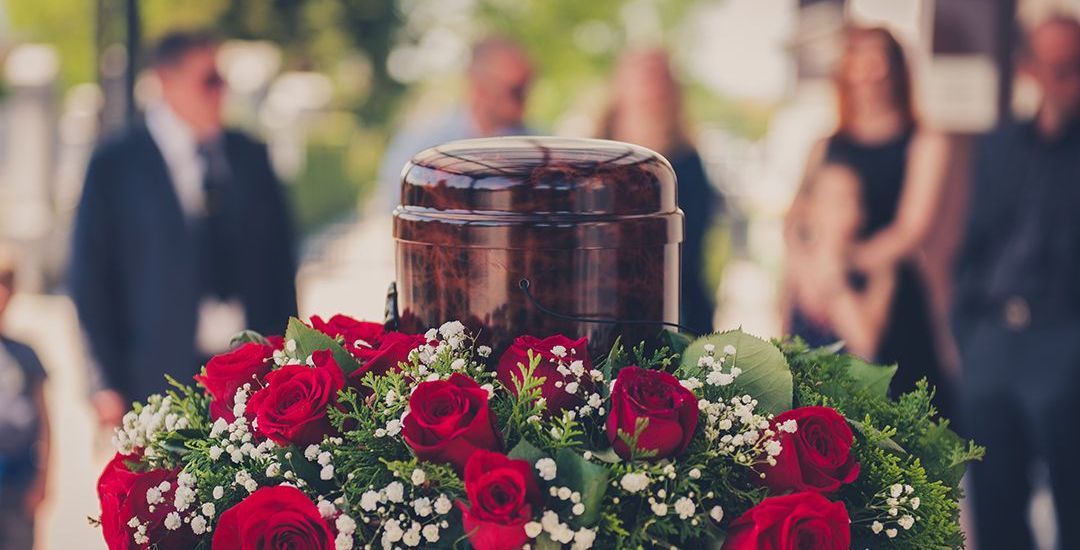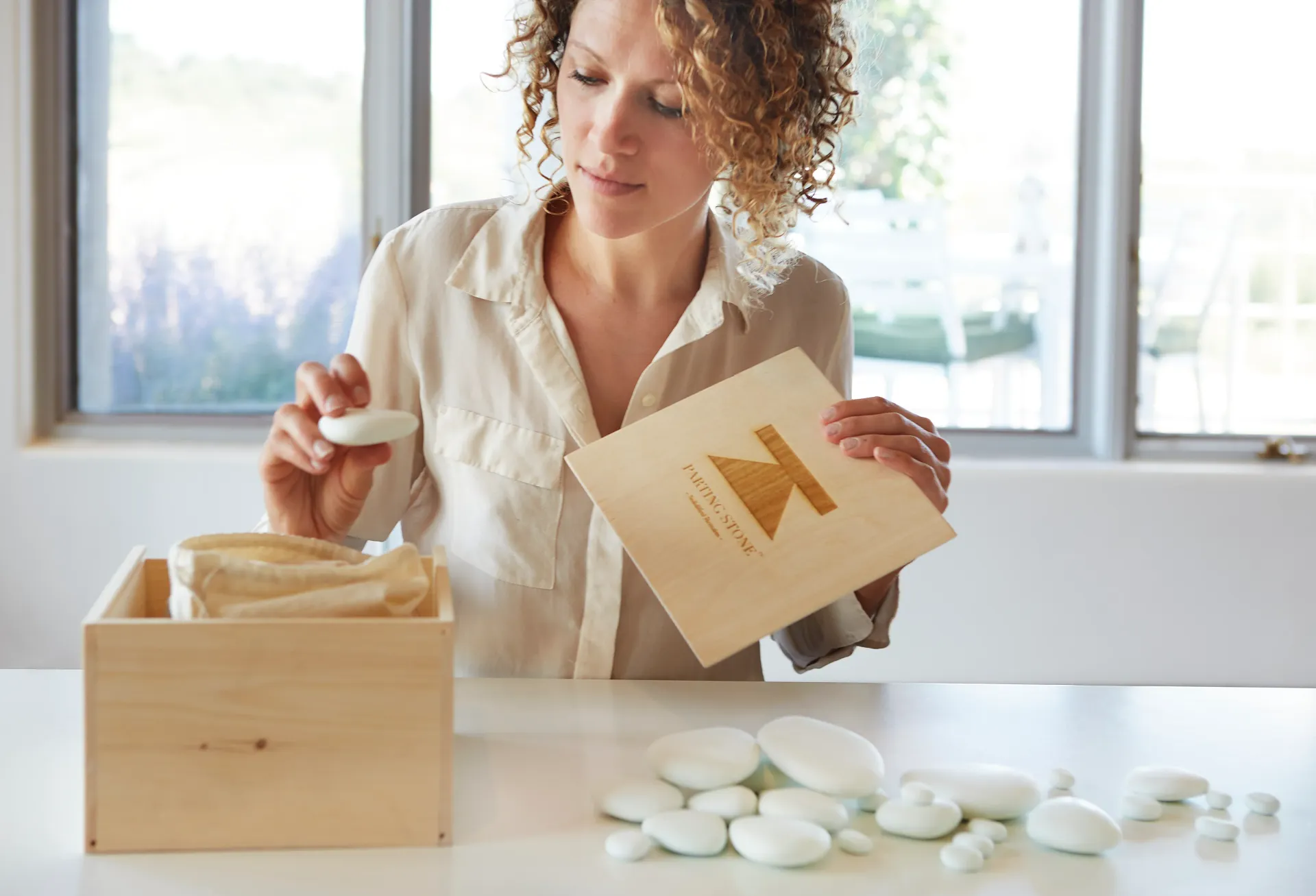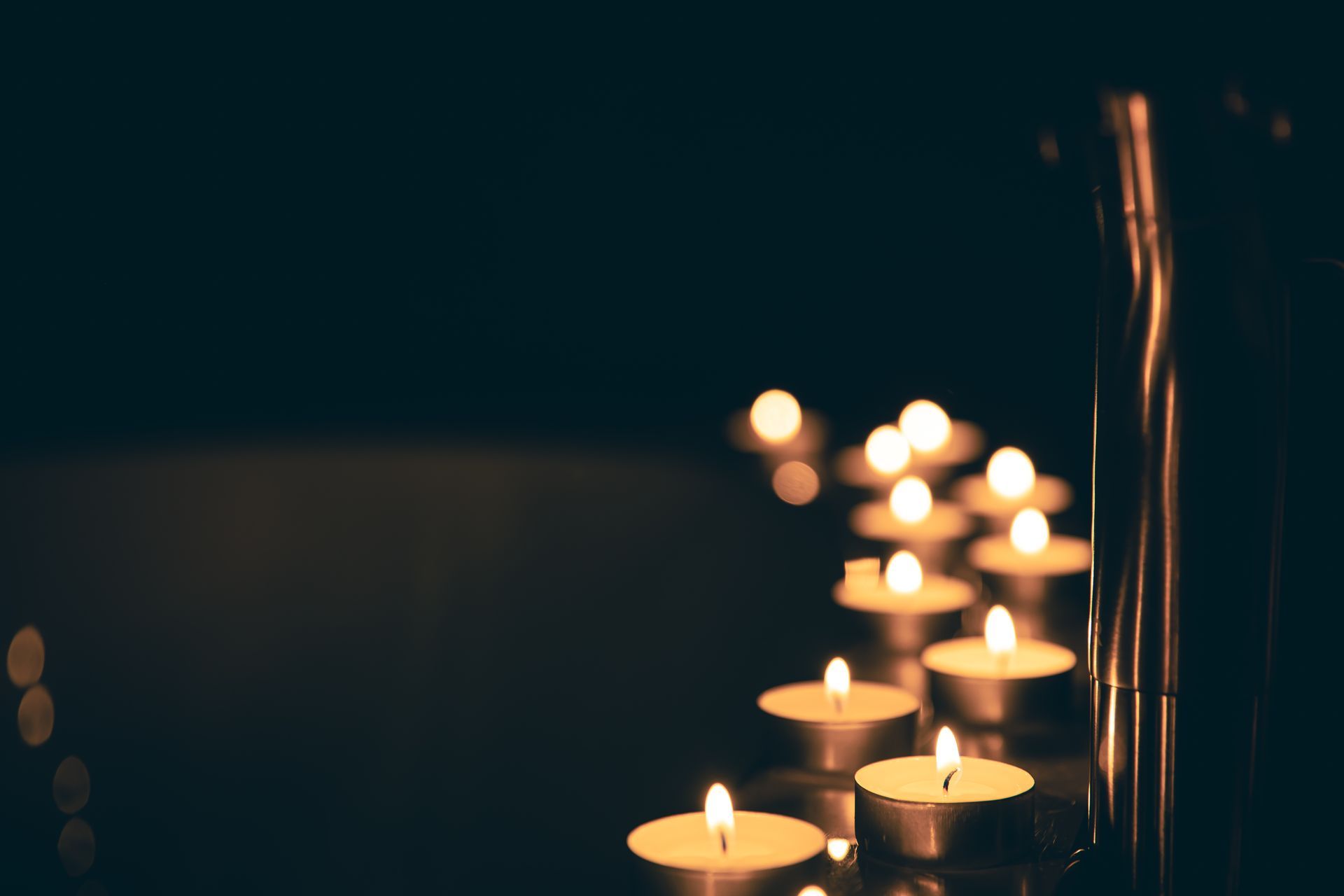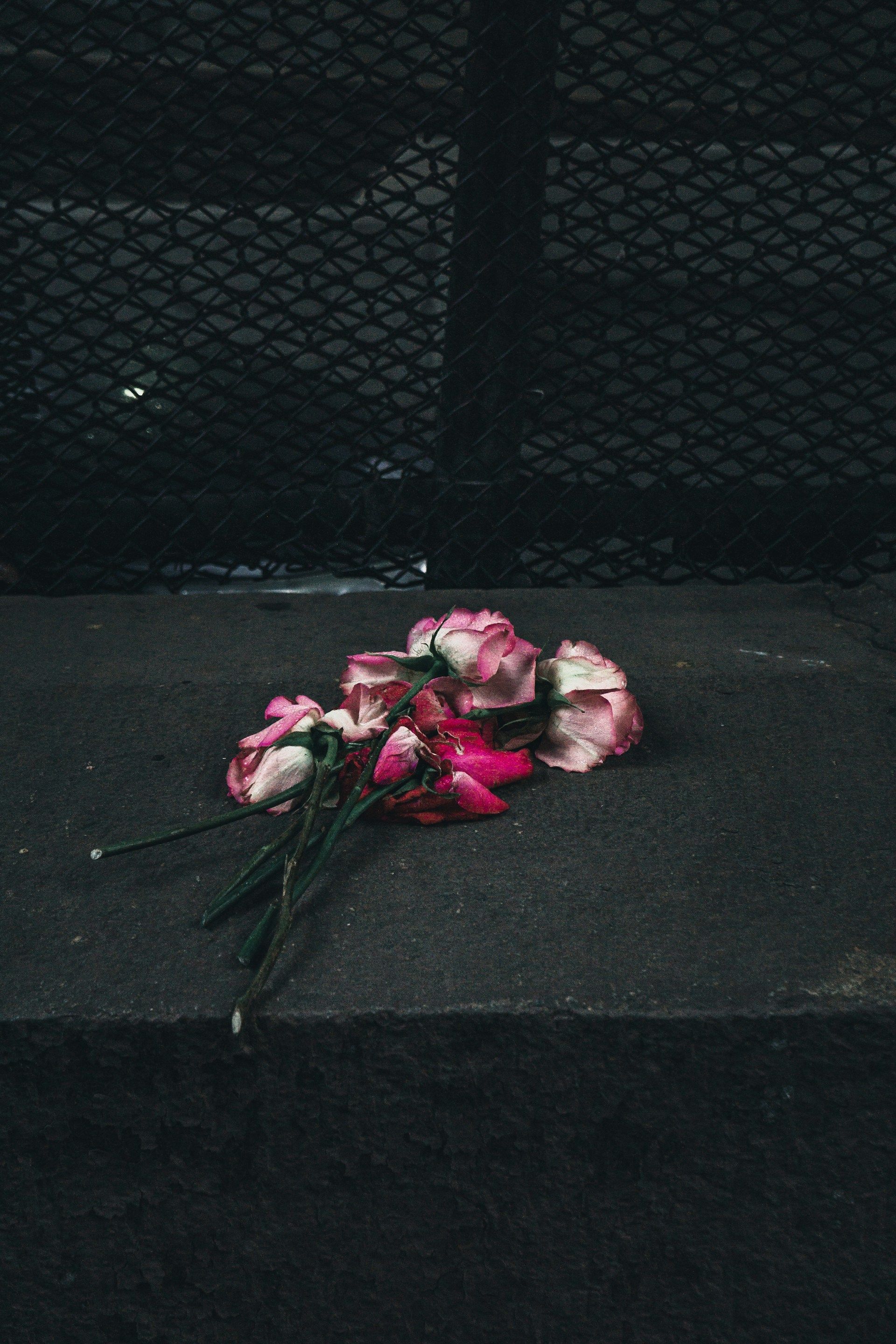Supporting Children Through Loss: Helping Young Minds Understand and Cope with Grief
Losing a loved one is one of life’s most difficult experiences. For children, the loss of a family member, friend, or beloved pet can be especially challenging, because they’are still learning to understand much of the world around them. For adults like you, whether a parent, grandparent, or guardian—helping these kids navigate their grief can feel like a monumental task in the midst of your own grief. Children process death differently from adults, and so it’s critical to provide them with the right support that meets their specific needs in order to help them cope and heal.
How Children Understand Death at Different Ages
Children's ability to grasp what loss and death means varies depending on their stage of development. Tailoring your approach based on their age can help ensure they feel supported and understood. You know your kids best—you may have a precocious 4-year-old or a 10-year-old with developmental delays. Use the below as a suggested guide:
- Preschoolers (Ages 3-5): At this stage, children may not be able to comprehend that death is permanent. They might see it as temporary or reversible and may ask many questions. Simple, concrete explanations are helpful for their understanding.
- School-aged children (Ages 6-12): Kids in this age range begin to understand that death is forever. They may seem very curious and as such will probably ask lots of detailed questions. It's important to answer them honestly though gently, giving them a sense of comfort while you’re validating their feelings.
- Teenagers (Ages 13-18): Teens are capable of understanding death as well as adults do, yet they can struggle to express their emotions. Encourage open conversations with them, offering a comfortable space to process feelings in their own way, whether by talking with you, writing about their loss, or engaging in creative activities like art and music.
How You Can Support a Grieving Child
Here are five ways that you can embrace to help kids process their grief in a healthy and constructive manner:
- Create an Emotional Safe Space
Let children know that it's normal and okay to feel sad, angry, or confused when death hits home. Acknowledge their emotions and reassure them that all of these feelings they’re feeling are normal. Give them enough time and space to express their grief without feeling rushed or judged. - Use Simple, Honest Language
Skip euphemisms like "passed away" or "gone to sleep," which can be confusing to young children. Instead, explain death to them in straightforward terms, like "When someone dies, their body stops working and they can’t come back," for example. This helps children begin to accept and then process the reality of what has happened. - Encourage Questions!
Grieving children often have a ton of questions about death, and it’s important for you to answer them as clearly as possible. Sometimes, kids will ask the same question repeatedly. While this may be annoying to you, it’s their way of coming to terms with a powerful sense of loss. - Offer Reassurance
Children may begin to worry about their own mortality or that of others close to them after experiencing a traumatic loss. This is normal! Reassure them that although death is a natural part of life, most people live a long time, and you’re there to keep them safe. - Memorialize the Loved One
Creating personal tributes to the person who has passed away can help children cope with their grief. This could be drawing pictures, sharing stories, planting a tree, or lighting a candle in remembrance. Religious rituals may be helpful here too.
Resources for Supporting Grieving Children
Books and online resources can provide much-needed additional support and offer children deeper resources to help them better understand and cope with loss.
Books on Grief for Children
- The Invisible String by Patrice Karst
A beautifully written book ideal for younger kids, this book explains the concept of an invisible string connecting us to our loved ones, even when they are gone. - When Dinosaurs Die: A Guide to Understanding Death
by Laurie Krasny Brown and Marc Brown
This book offers a gentle introduction to the concept of death for children ages 4-8, helping them understand what it means and how to cope. - The Goodbye Book by Todd Parr
This colorful, comforting book reassures children that grief is natural and provides simple ideas for expressing their emotions. - Tear Soup: A Recipe for Healing After Loss by Pat Schwiebert and Chuck DeKlyen
Although suitable for all ages, this book is particularly helpful for older children, offering a metaphorical approach to grief and its various emotions.
Online Resources for Families
- Dougy Center
The Dougy Center is a national leader in supporting grieving children and families. Their website offers a wealth of resources, including articles and videos on how to help children process grief. - Sesame Street in Communities
Sesame Street in Communities offers engaging activities and videos to help young children understand and express their feelings about loss. - Child Mind Institute
The Child Mind Institute provides expert advice for parents and caregivers, offering tips on how to talk to children about death and grief at every developmental stage.
Conclusion
Helping children through grief requires patience, honesty, and compassion. By providing children with clear explanations, encouraging them to ask difficult questions, and offering them the space needed to express their feelings comfortably, you can help make this challenging experience more manageable for them. Remember, you don’t have to have all the answers; simply being there for them, acknowledging their feelings, and using helpful resources will go a long way in supporting them as they heal.
If you're facing a challenge like this and need additional support, the team at Keohane is here to help you. We can offer guidance, connect you with grief counselors, and provide resources that can help support your family through loss.
